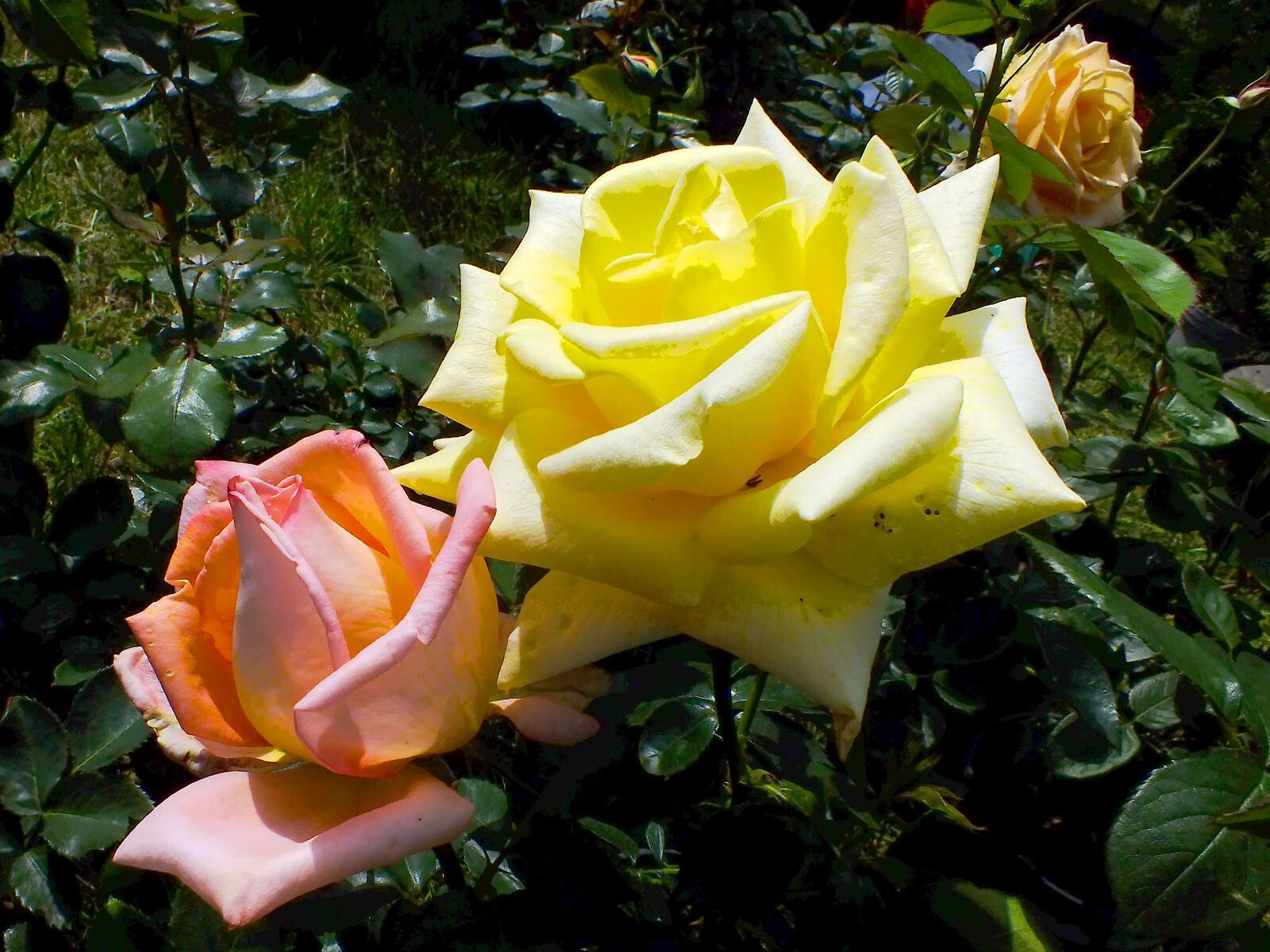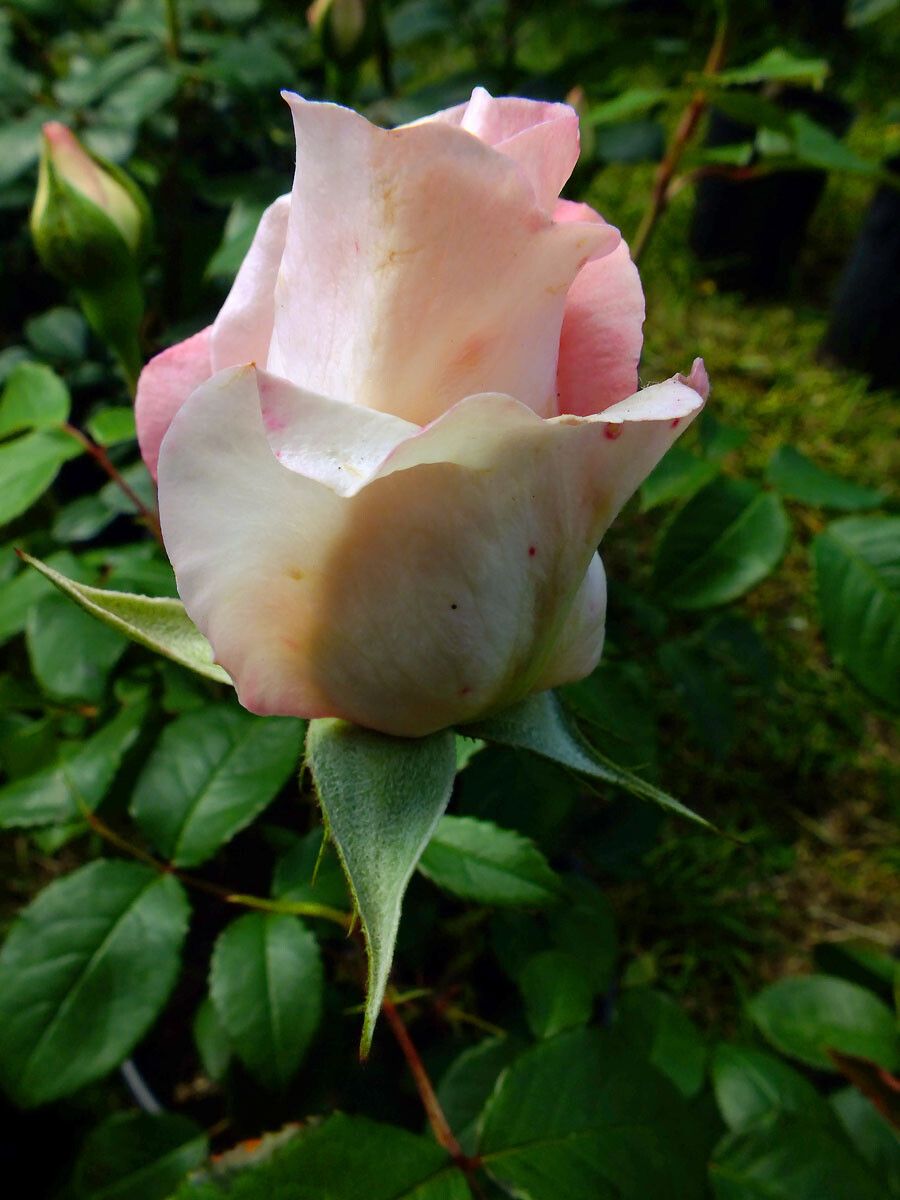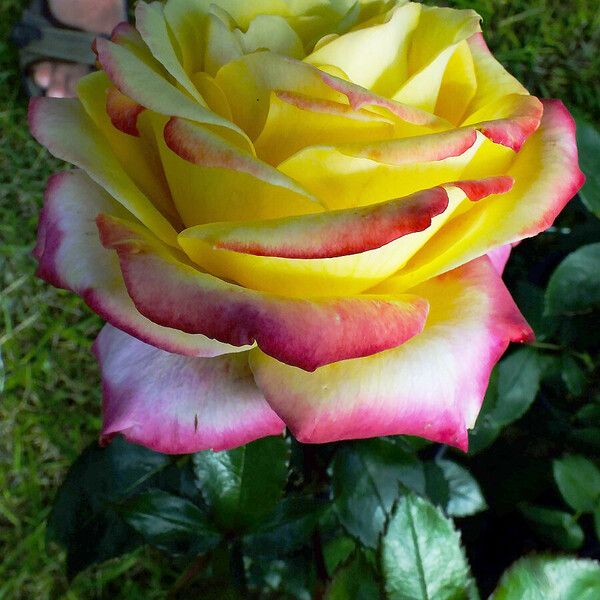Observación
Flora
Familia
Determinación
Proposed determinations
Nome probábel (Nome asignado)
99 %Confidence score
Rosa
M
Małgorzata Śliż1 %Confidence score
Suggest another determination
You don’t agree with the suggested species but don’t have another suggestion
Comentarios
Información adicional
Data de creación
11 de xuñ. de 2022
Última revisada
19 de nov. de 2023
Bratoszewice
It is native to Southwest China in Guizhou, Hubei, and Sichuan provinces, but widely cultivated in Poland as an ornamental plant.
Pot plant.
Edible plant - young shoot tips, flower buds and flowers are parboiled and eaten as potherbs or added to soups, they are used as speciality foods in restaurants, where the flowers are used for flavouring honey, confections and sorbets; young peeled shoots can be eaten raw; seeds of roses are generally a good source of vitamin E, it can be ground and mixed with flour or added to other foods as a supplement, be sure to remove the seed hairs!
Herbal use - flowers, and to a lesser degree the roots and leaves, are anodyne, emmenagogue and used in the treatment of women's complaints, they regulate menstruation and stimulate blood circulation; leaves, fruits and roots are decocted and used in the treatment of arthritis, boils, coughs etc; fruits are applied to sprains, ulcers and wounds; the flower buds are used in the treatment of dysmenorrhoea, poor circulation, stomach pains and swellings.





